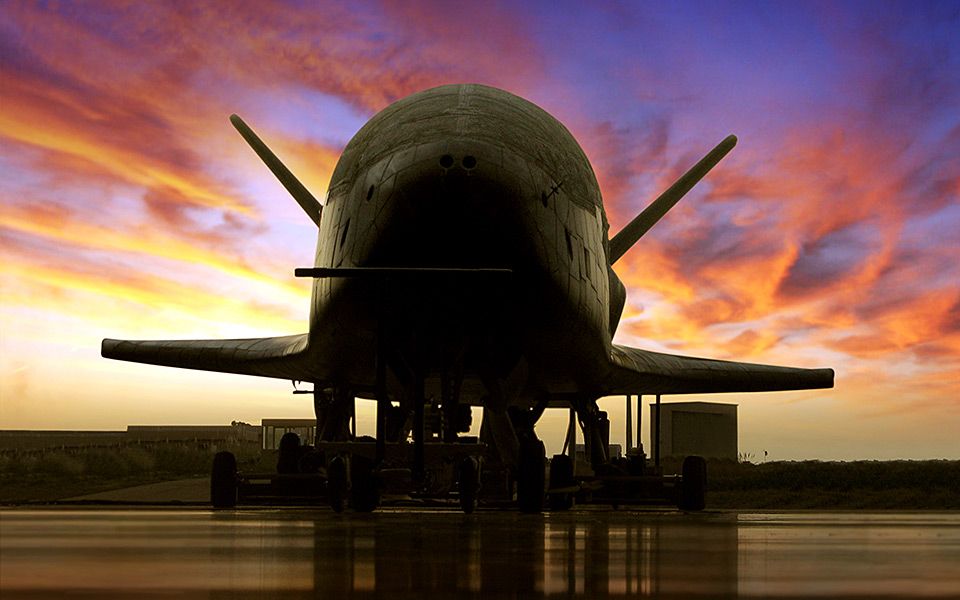Hamartia Antidote
ELITE MEMBER

- Joined
- Nov 17, 2013
- Messages
- 35,188
- Reaction score
- 30
- Country
- Location

US military's X-37B space plane zooms past 900 days in orbit
The robotic X-37B keeps extending its flight-duration record.

The U.S. military's X-37B robotic space plane just passed 900 days in orbit on its latest hush-hush mission, adding to the program's flight-duration record.
The current mission is the sixth for the X-37B program and is therefore known as OTV-6 ("Orbital Test Vehicle 6"). It launched on May 17, 2020, from Cape Canaveral Space Force Station in Florida, and it's unclear when it will end.
OTV-6 is the first X-37B flight to use a service module to host experiments. The service module is an attachment to the aft of the vehicle that allows additional experimental payload capability to be carried to orbit.
The mission also deployed FalconSat-8(opens in new tab), a small satellite developed by the U.S. Air Force Academy and sponsored by the Air Force Research Laboratory to conduct several experiments on orbit.
In addition, two NASA experiments are onboard the space plane to study the results of radiation and other space effects on a materials sample plate and seeds used to grow food.
A U.S. Naval Research Laboratory (NRL) experiment is also onboard the space plane, evaluating technology to transform solar power into radio frequency microwave energy.
That experiment, called the Photovoltaic Radio-frequency Antenna Module, or PRAM, continues to crank out data, said Paul Jaffe, an electronics engineer and researcher at the NRL.
"It's still chugging along," Jaffe told Inside Outer Space. "The longer we're up there, the more we learn."
The X-37B doubtless toted other payloads that we don't know about on OTV-6 as well; many of the vehicle's experiments and activities are classified.
Technologies being tested in the X-37B program include advanced guidance, navigation and control, thermal protection systems, avionics, high temperature structures and seals, conformal reusable insulation, lightweight electromechanical flight systems, advanced propulsion systems, advanced materials and autonomous orbital flight, reentry and landing, U.S. Space Force officials have said.
Flight roster
Here’s a listing of the previous flights of the Boeing-built space plane:
- OTV-1: launched on April 22, 2010 and landed on Dec. 3, 2010, spending over 224 days in orbit.
- OTV-2: launched on March 5, 2011 and landed on June 16, 2012, spending over 468 days in orbit.
- OTV-3: launched on Dec. 11, 2012 and landed on Oct. 17, 2014, spending over 674 days in orbit.
- OTV-4: launched on May 20, 2015 and landed on May 7, 2015, spending nearly 718 days in orbit.
- OTV-5: launched on Sept. 7, 2017 and landed on Oct. 27, 2019, spending nearly 780 days in orbit.
When and where OTV-6 will return to Earth is anybody's guess.
OTV-1, OTV-2 and OTV-3 landed at Vandenberg Space Force Base in California, while the OTV-4 and OTV-5 missions touched down at Kennedy Space Center in Florida.
